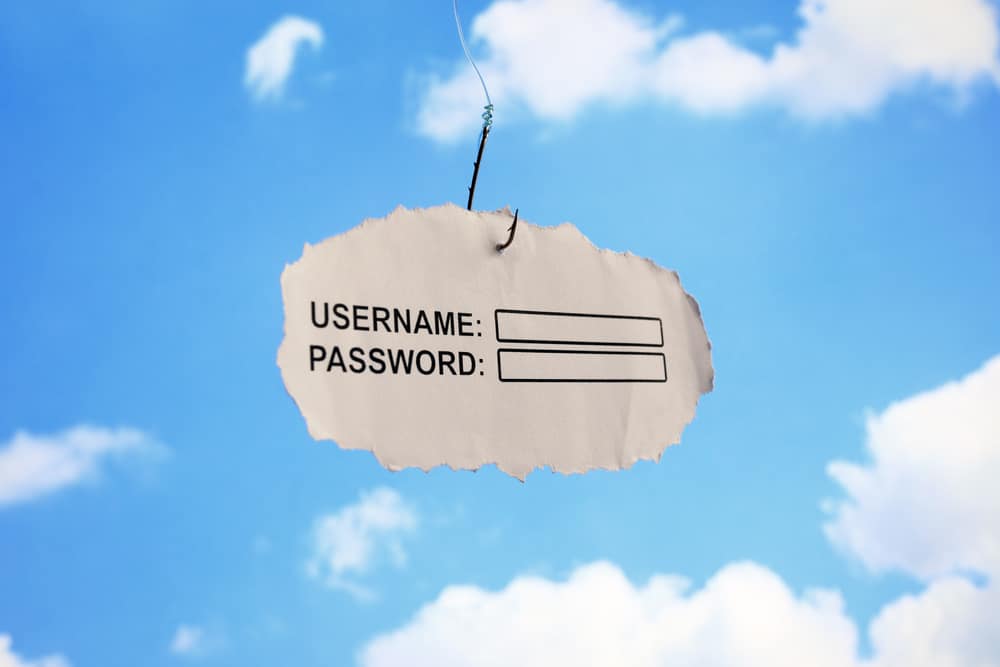You can’t read an article on cybersecurity without phishing being mentioned. That’s because phishing is still the number one delivery vehicle for cyberattacks.
A cybercriminal may want to steal employee login credentials. Or wish to launch a ransomware attack for a payout. Or possibly plant spyware to steal sensitive info. Sending a phishing email can open the door for them all.
80% of surveyed security professionals say that phishing campaigns have significantly increased post-pandemic.
Phishing not only continues to work, but it’s also increasing in volume due to many of us now working from home or at other remote locations. There often isn’t the same network protections at these places as there is at a company office.
Why has phishing continued to work so well after all these years? Aren’t people now better able to identify and avoid phishing emails?
It’s true that people are generally more aware of phishing emails and how to spot them than a decade ago. But it’s also true that these emails are becoming harder to spot as tactics used by scammers continue to evolve.
A reply-chain phishing attack is one of the newest and is particularly hard to detect.
What is a Reply-Chain Phishing Attack?
Just about everyone is familiar with reply chains in email. An email is copied to one or more people, one replies, and that reply sits at the bottom of the new message. Then another person chimes in on the conversation, replying to the same email.
Soon, you have a chain of email replies on a particular topic. Each reply is listed one under the other so the conversation can be more easily followed by all recipients.
You don’t expect a phishing email tucked inside that ongoing email conversation. Most people are expecting phishing to come in as a new message, not a message included in an ongoing reply chain.
The reply-chain phishing attack is particularly insidious because it does exactly that. It inserts a convincing phishing email in the ongoing thread of an email reply chain.
How Does a Hacker Gain Access to the Reply Chain?
By hacking the email account of one of those people copied on the email chain.
The hacker can email from an email address that the other recipients recognise and trust. They also gain the benefit of reading down through the chain of replies. This enables them to craft a response that looks like it fits.
For example, they may see that everyone has been weighing in on a new product idea for a product called Uberbug. So, they send a reply that says, “I’ve drafted up some thoughts on the new Uberbug product, here’s a link to see them.”
The link will go to a malicious phishing site. The site might infect a visitor’s system with malware or present a form to steal login credentials.
The reply won’t seem like a phishing email at all. It will be convincing because:
- It comes from an email address of a colleague – an address that has already been participating in the email conversation.
- It may sound natural and reference items in the discussion.
- It may use personalisation. The email can call others by names the hacker has seen in the reply chain.
Business Email Compromise is Increasing
Business email compromise (BEC) is so common that it now has its own acronym. Weak and unsecured passwords lead to email breaches. So do data breaches that reveal databases full of user logins. Both are contributors to how common BEC is becoming.
In 2021, 77% of organizations saw business email compromise attacks. This is up from 65% the year before.
Credential theft has become the main cause of data breaches globally. So, there is a pretty good chance of a compromise of one of your company’s email accounts at some point.
The reply-chain phishing attack is one of the ways that hackers turn that BEC into money. They either use it to plant ransomware or other malware or to steal sensitive data to sell on the Dark Web.
Tips for Addressing Reply-Chain Phishing
Below are some ways that you can lessen the risk of reply-chain phishing in your organisation:
- Use a Business Password Manager:
This reduces the risk that employees will reuse passwords across many apps. It also keeps them from using weak passwords since they won’t need to remember them anymore.
- Put Multi-Factor Controls on Email Accounts:
Present a system challenge (question or required code). Using this for email logins from an unknown or unrecognised network (IP) address can stop account compromise.
- Teach Employees to be Aware:
Awareness is a big part of catching anything that might be slightly “off” in an email reply. Many attackers do make mistakes. Phishing simulation training is widely available and can impart very valuable knowledge to staff in how to be on their guard
How Strong Are Your Email Account Protections?
Is the current level of protection on your business email accounts sufficient to prevent a breach? Let us know if you’d like some help! We provide email security solutions that can keep your business better protected.
Article used with permission from The Technology Press.


